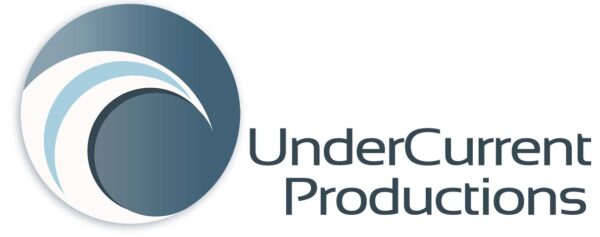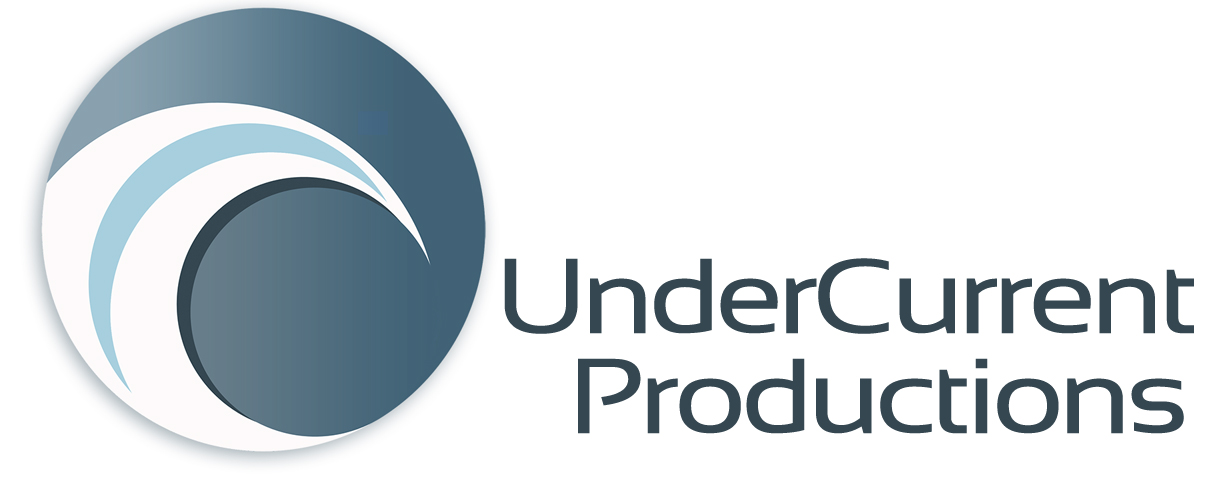As a multimedia company, we have a real affection for using the right medium to fit the message. And while our videos say a million words, there is nothing like a photo reportage to hit the sweet spot. We’re proud to contribute photography to renowned publications including Oceanus Magazine, Panorama, and Catalyst Magazine.
More of Daniel Cojanu’s photography work can be viewed and purchased via Daniel Cojanu Visuals.
Natural Connection
University of Chicago Magazine, Sept/Oct 2014

Cover story by Jason Kelly. Photos by Daniel Cojanu.
At the Marine Biological Laboratory, neurobiologist Jennifer Morgan studies how sea lampreys recover from spinal cord injury, a regenerative marvel and mystery. Within three weeks of injury, the sea lampreys typically regain the ability to move, at first in irregular fits and starts. As the weeks pass, their improvement continues until, about three months after a spinal transection, it’s hard to distinguish a previously injured animal from an uninjured one.
Morgan explores those questions at the Eugene Bell Center for Regenerative Biology and Tissue Engineering, where she is associate director. Part of the Marine Biological Laboratory (MBL), the Bell Center recently added to the web of connections developing between the Woods Hole, Massachusetts, institution and the University of Chicago since they formed an affiliation in 2013.
Click here to read in magazine format online.
The Collector’s Net
Catalyst Magazine, Winter 2013
 At the heart of the MBL is the Marine Resources Department, which collects, maintains, and supplies to researchers about two hundred different marine species, both animals and plants. Some of these species have been collected at the MBL for more than a century and have driven major fields of biological and ecological discovery.
At the heart of the MBL is the Marine Resources Department, which collects, maintains, and supplies to researchers about two hundred different marine species, both animals and plants. Some of these species have been collected at the MBL for more than a century and have driven major fields of biological and ecological discovery.
See Daniel Cojanu’s cover photo and shots from MBL’s specimen collection boat here.
Why Haven’t the Cod Come Back?
Oceanus Magazine, Sept. 2013
Story by Colin O’Brien. Photos by Daniel Cojanu. 
“This place is a historic treasure,” said Eric Robillard. But you wouldn’t think of it that way at first glance.
The building is hard to find, a nondescript warehouse located on a street full of them. The only signals that you’re in the right spot are the trawler doors sitting out by a loading dock and a weathered National Oceanic and Atmospheric Administration logo—the gull, sea, and sky all beginning to fade to pale shades of welkin and lapis.
Inside, stacks of repaired trawler nets and buoys await future deployment on annual surveys by NOAA’s Northeast Fisheries Science Center to assess fish stocks. These expeditions glean the treasure stored here, said Robillard, who heads the center’s Fishery Biology Program. Read more…

